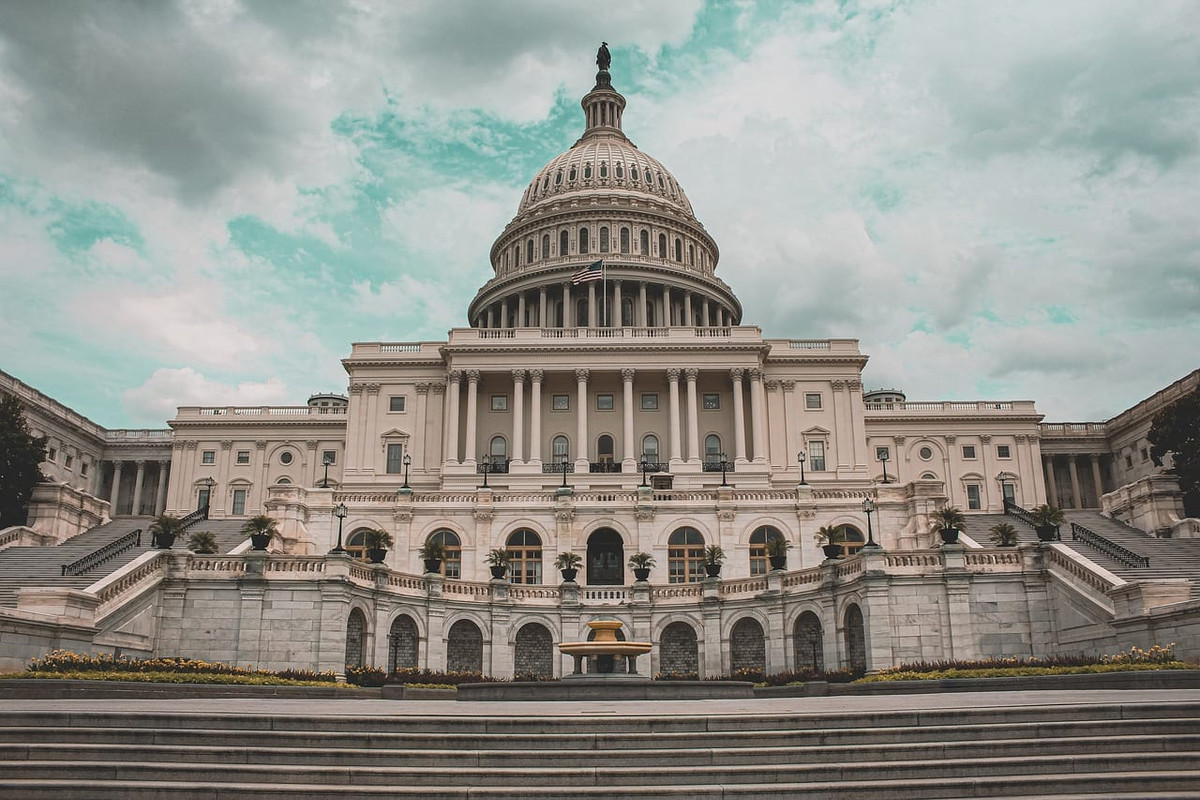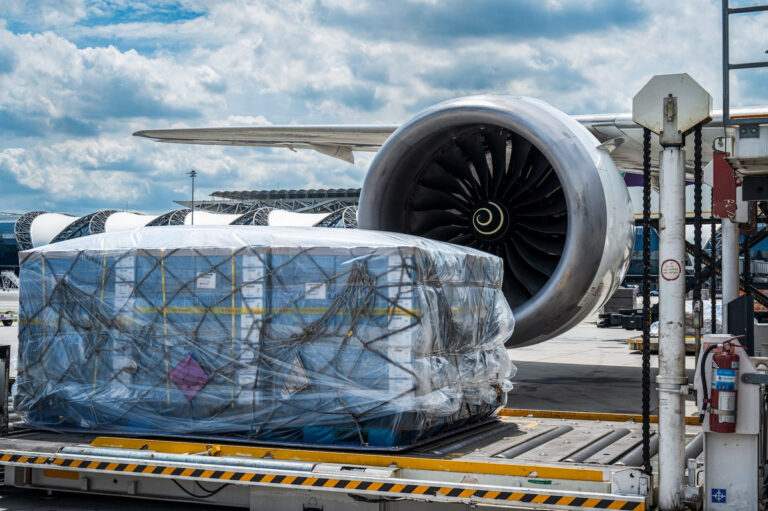
The ongoing US government shutdown has raised growing fears of widespread disruption across the country’s air transport network, with many airports potentially having to reduce operations or close entirely if funding is not restored soon. The impasse in Washington, now in its third week, has left tens of thousands of federal employees — including air traffic controllers, security staff and safety inspectors — either on furlough or working without pay, creating mounting pressure on the aviation system.
Officials with the Federal Aviation Administration (FAA) warned that the situation was becoming increasingly unsustainable. While essential staff have so far been able to keep most airports running, continued uncertainty over pay and staffing levels may soon lead to reduced capacity at major hubs. Small regional airports, which often rely on limited staff, are particularly vulnerable.
The effects are already rippling through the air cargo industry, a critical component of the US economy. Major logistics companies, including FedEx and UPS, have expressed concern that prolonged outages at airports could lead to delivery delays, increased costs, and bottlenecks in the supply chain. Cargo flights rely heavily on consistent ground operations, customs clearance and security screening, functions that are all affected by the partial closure. If the stagnation persists, air freight schedules could become a mess, especially for perishable goods and time-sensitive shipments.
Passenger air travel has so far been largely unaffected, although longer queues and scattered delays have been reported at several large airports. Transportation Security Administration (TSA) agents, who continue to work without pay, have begun calling in sick in increasing numbers, raising concerns about morale and safety. If absenteeism continues to rise, some terminals may be forced to reduce productivity or close temporarily. American Airlines announced reduced flight schedules starting Friday, due to the ongoing government shutdown.
International flights aren’t immune to potential disruptions either. While most major airports — such as New York’s John F. Kennedy International Airport, Los Angeles International Airport and Chicago O’Hare — have contingency plans to maintain basic operations, pressure is mounting as staffing shortages and maintenance backlogs pile up. Airlines have begun warning passengers of the possibility of schedule changes or cancellations if the lockdown continues into next week.
Industry experts point out that the longer the government shutdown lasts, the more difficult the recovery will become. “Air traffic control and airport operations are complex, interconnected systems,” one aviation analyst said. “Even a short outage can take weeks to completely subside. A prolonged outage can have lasting effects on efficiency and safety.”
The last major government shutdown, in 2019, caused significant disruption to air travel in the United States, including flight delays and temporary closures at several airports due to staff shortages. Observers fear that this scenario will be repeated – only on a larger scale – if the political stalemate continues.
For now, airports remain open and flights continue to depart, but the air is filled with growing anxiety. With each passing day, the risk of serious disruptions in operations grows, and domestic and international airlines are urging Washington to reach an agreement before the country’s aviation system is grounded in all but name.


